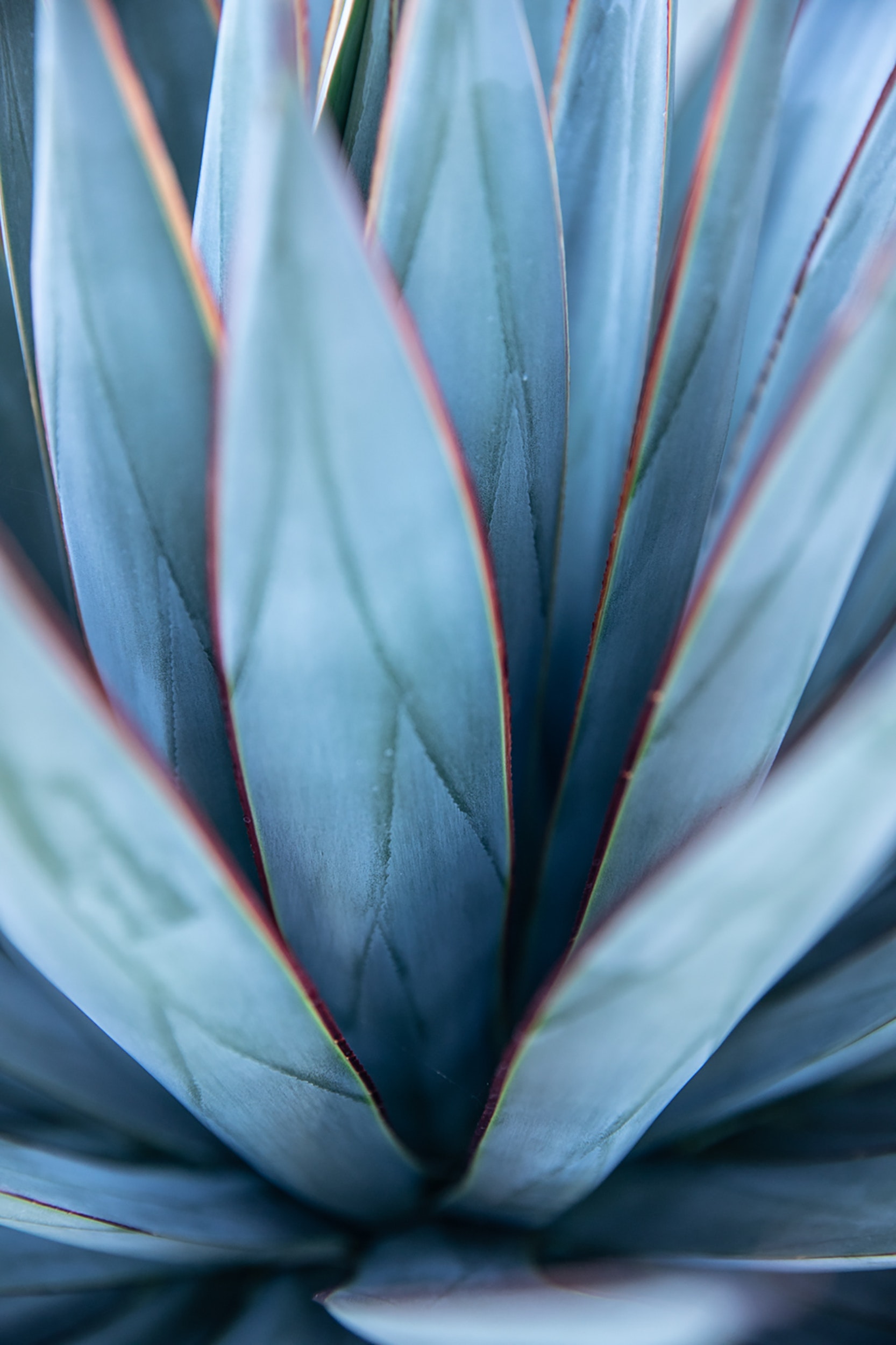What is it?
EspañolThis token supports agriculture and encourages its modernization.
The objective is to eliminate the precarious conditions of farm workers by granting decent wages and reinvesting profits supporting more farmers.
Designation of origin
To obtain the exclusive designation of origin “Agave Azul Tequilana Weber” (granted by the Consejo Regulador de Tequila), the agave must be planted and harvested just in Jalisco as well as some cities in Guanajuato, Michoacán and Nayarit, inside of Mexico, for that reason the project cannot be easily replicated in other parts of the world.
When a new plant is planted by AgaveZwolf, a new Token is issued. When it is harvested, the money raised will be used to reinvestment, repurchase or token burning (in case of reinvestment, all the new tokens will be distributed by “staking” to the ones that maintain their tokens blocked.)

What is an Utility Token?
The Utility Tokens represent the right to acquire a service or product given by the Token issuer. They are not investments, but rather destinated to be used as a coupon for a developing product.
Agave Plant
The Agave plant can be reproduced between 3 and 5 years old, producing one or two shoots per year, the ones that could be removed and transplanted to become producing plants in the future.
The average weight after jimar (process of cutting agave) the agave core goes from 30 to 70 kilos (66.13 to 154.32 pounds), though in some crops they have weighed between 80 and 120 kilos (176.37 and 264.55 pounds).
Each AgaveZwolf Token is backed up by a plant of blue agave which is used to produce Tequila (an alcoholic drink), colloquially known as the blue gold; working in the Solana red because of its high scalability and low costs.
PILOT TEST
When did it begin?
The pilot test started with 15,000 Agave shoots planted in 3 hectares in July 2022 represented by 15,000 AgaveZwolf tokens.
DATA
The date of the agave plantation and the average age of all the agaves, will be published in our website, this to allow people to evaluate the price of the Token in every moment and to be adjusted based on the supply and demand.
How much is it?
The Token’s starting price will be considered based on the following costs:
- Land’s rent
- Soil’s analysis
- Land’s preparation
- Maintenance and cleaning of the crop row
- Pest control and monitoring
- Nutrition
- Harvesting
- Workforce
- Inputs
- Travel expenses
- Freight
- Advertising
- The implementation of new technologies
- Project administration
- Sales area
The progress of the project and plantations will be published in our social networks.
